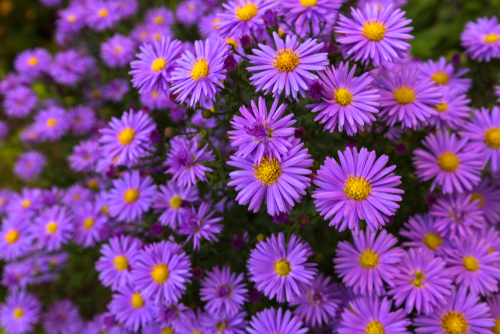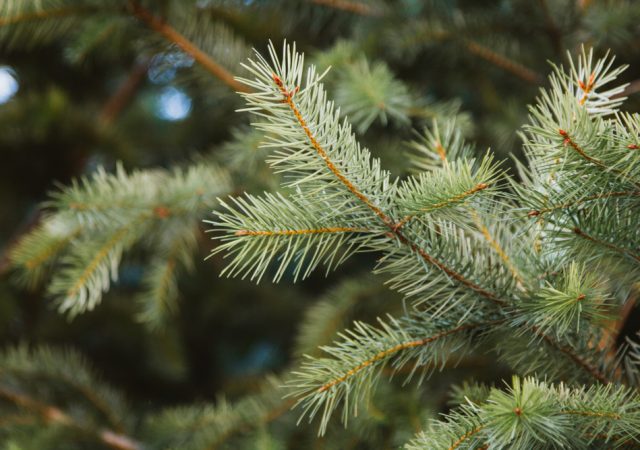Fall is approaching, and with it plenty of cool weather â but that’s no excuse to have a dull, boring, sparse garden. Plenty of flowering plants thrive in this shifting weather, and none are more remarkable (and easy to care for) than the aster, one of New England’s most notable wildflowers.
These plants manage to brighten up roadsides and fields on their own â so why not harness that power for your garden? Wild asters are bright, colorful, easy to care for and come with other unseen benefits that help more than just your garden, making them the perfect option, whether it be a full flowerbed in your front yard or just some well-arranged pots on an apartment balcony.
A Dash of Color
Asters naturally come in a huge variety of colors, sizes, and shapes, making them the perfect option for those looking to maintain a vibrant and varied garden. Some of the options you might find while searching for the perfect aster plant for creating the perfect ambiance for your patio include:
⢠Whitewood aster
⢠Large-leaved wood-aster
⢠Blue wood-aster
⢠Tall white aster
⢠New England aster
Of all these, the New England aster â otherwise known as âpurple domeâ aster â is one of the most common and most beautiful options â perfect for sprucing up your designated coffee-sipping space. This iteration of the wildflower species features bright purple petals around vivid yellow centers and low yet broad growth that offers a great deal of natural greenery to any space.
Better yet, this version of the aster tends to be smaller than other subspecies, which makes it ideal for even the most cramped balcony space on the block. They enjoy the bright sun, they’re colorful, and they smell nice. There’s nothing not to love about wild asters.
Save the Bees (And Other Insects, Too)
Unless you’ve been living under a rock in some far-off forest, then you know that bees have been having a rough time of things over the past several years. In fact, one well-known species â the bumblebee â was placed on the endangered species list as recently as 2017.
While you may not be able to write laws or perform miracles to help the species, there are things you can do to support your local bees. Planting a wild aster flower in your designated garden space is one of those things.
Asters are hugely popular among pollinator insects like bees that take full advantage of the changing season to stock up on food for the long winter ahead.
They serve as an excellent source for pollinators of all space and sizes, giving bees, butterflies, and more a great place to kick their feet up and rest their wings while grabbing up some of the sweet nectar and pollen that these plants produce. They draw in a wide range of different species, including:
⢠Bumblebees
⢠Honeybees
⢠Miner bees
⢠Monarch butterflies (and others)
⢠Larval stages of Pearl Crescent and Checkerspot butterflies
If you’re concerned about the bees, do your part in supporting your local pollinators. Asters provide these fuzzy friends and other important insects with a place to rest, to snack, and to stock up on important pollen that they then spread around to help the environment flourish. They’re the perfect addition to any eco-conscious garden.
Get Your Seeds ASAP
The typical blooming period for the âpurple domeâ or New England aster is from August to October. Ensure you don’t miss a single opportunity to stop and smell the wildflowers or offer a snack to your favorite bees by ordering your seeds as soon as possible.
Learn more about planting seasons, light requirements, nurturing these wonderful plants, and more by contacting Sunnyside Gardens. Not only will this unique and experienced garden center get you the perfect aster seeds, but the professional staff can also inform you of how to care for your flowers every step of the way.
Image Credit: Shutterstock/sasimoto



